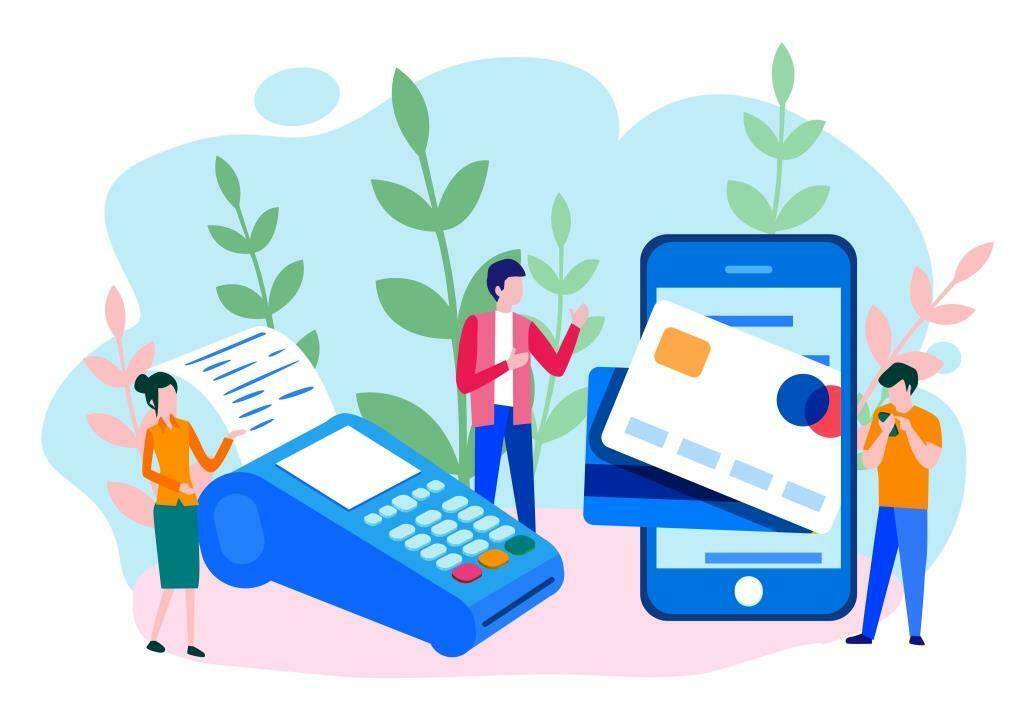A card machine lets customers pay for goods and services. It can be a standalone device or it can connect to other hardware and software that manages products, discounts, sales and more.
The device can be countertop, portable or mobile and can accept debit, credit and digital wallet payments. It works by swiping or tapping the customer’s card.
Authentication
Authentication is the process by which you confirm that someone making a payment is who they claim to be. It’s an important step in protecting against payment fraud – estimated to have cost over $1 trillion globally in 2020 – and ensuring that you only collect from the rightful cardholder.
Traditionally, this has been done using a verification code that the cardholder is asked to provide in order to complete a transaction. This information is sent through the merchant’s acquiring bank to the card issuer, who arbitrates whether the transaction should be approved or declined.
In addition to this, we also have methods for confirming identity based on knowledge, inherence, and ownership. These include things like one-time passcodes that are texted to the shopper’s phone, or biometric verification (fingerprint, face, palm, voice) to establish that the person attempting to make a payment is actually in possession of their card. They are referred to as challenge-and-response authentication.
Authorisation
Card authorization is a part of the card payment process that ensures your customers have sufficient funds or credit to pay for their purchases. It starts when your customer inserts, swipes, or taps their card into the card reader on a point-of-sale device (or, in some cases, a digital wallet).
This process transmits the transaction data to the card issuer for verification. The issuer checks that the transaction amount is correct and does not exceed the cardholder’s limit, then sends back a response with an authorization code.
If the transaction is declined, you or your merchant processor will be informed instantly by your card payment processing provider with an error code that provides more information about why it was declined (for example, a suspected fraud pattern, expired card information, or an inaccurate billing address).
Authorization blocks the funds from the customer’s card until they are captured during the settlement process. At the end of each day or at another predetermined time, your credit card machine processes a batch of authorized transactions and transfers the funds to your business account.
Verification
When a customer swipes their card or inserts it into a terminal, the process is seamless and usually takes no more than a few seconds. But a lot is happening behind the scenes to make sure your transaction is secure.
The first part is verification, where a combination of features in ATM, debit and credit cards are used to confirm the cardholder’s identity. This helps reduce fraud and chargebacks.
The second part is the actual authorization, which is a process where the card issuer approves or declines your transaction. This is where CVVs and CIDs come in – the three-digit codes found on the back of most cards, and four-digit numbers embedded in the small microchip on the front of most modern cards.
Payment
Card payment machines are now ubiquitous. Whether it’s in retail, cafes or at ice cream vans and market stalls, we’re used to paying with cards. But how does it all work?
The transaction process begins with the card machine sending a request via broadband or a phone line to the customer’s bank. This checks that the cardholder has enough credit or funds and performs security checks.
If the transaction passes these checks, it will then be authorised by the issuing bank. The card machine will then send a notification back to the customer, confirming that the sale has been completed.
Some businesses need more agile solutions than countertop terminals – that’s where portable and mobile card machines come in. These sleek devices work off Wi-Fi or 4G mobile connections and can be used anywhere a mobile signal is available. They’re ideal for food trucks, pub gardens or events up and down the country. They’re often a more affordable option than a full merchant account, too.


